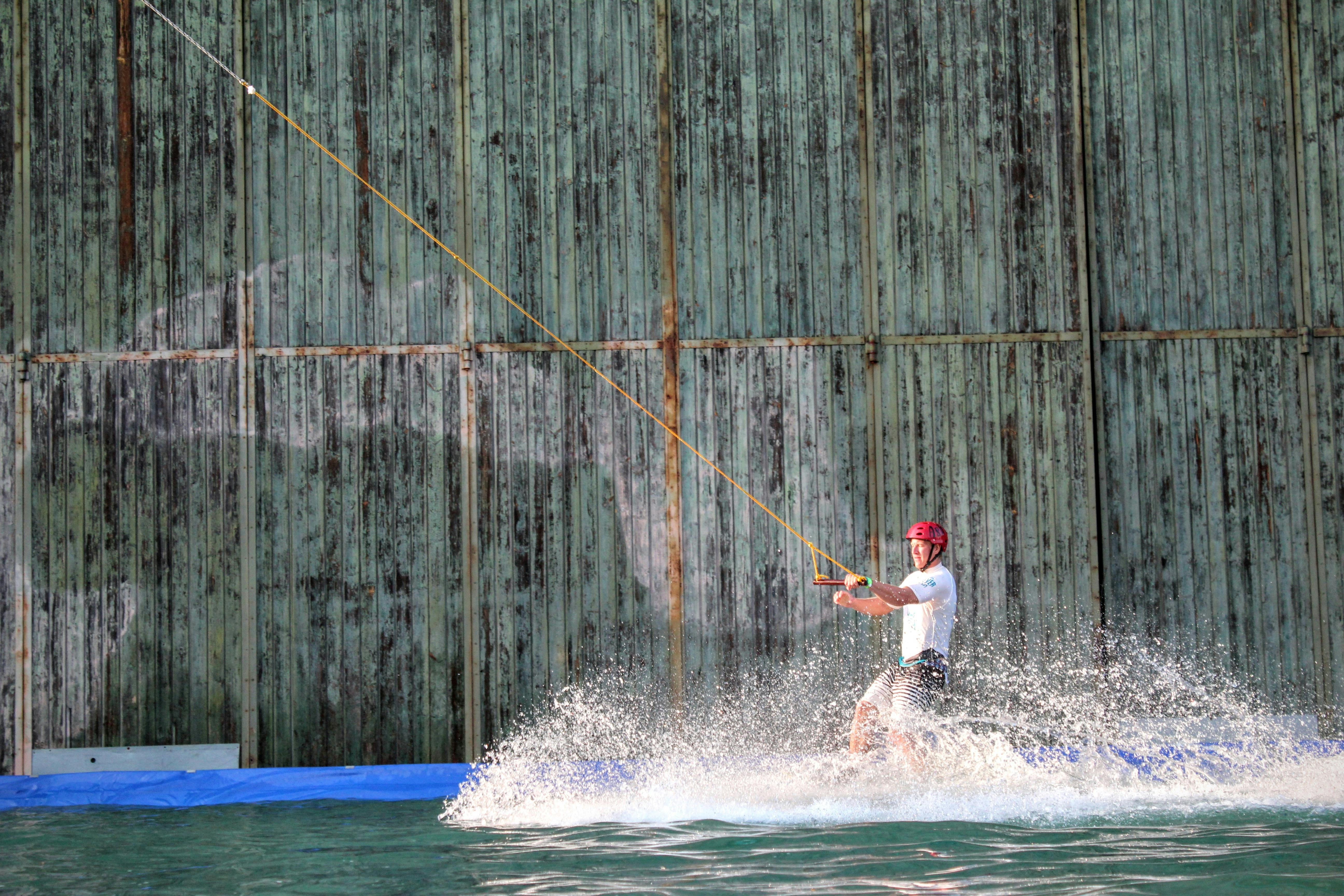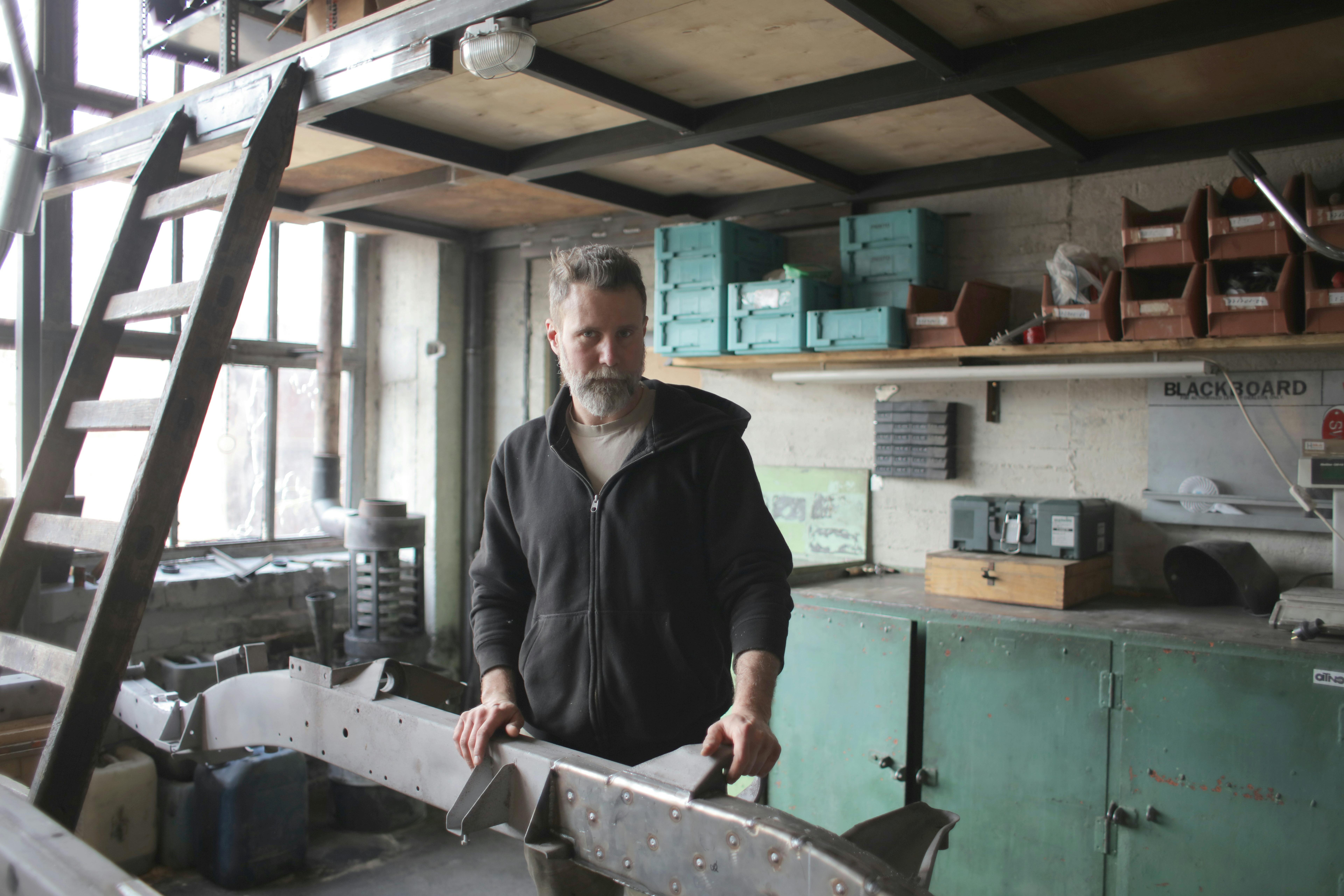
The true definition of conditioning in sports and fitness
admin
- 0
Conditioning is a word that is used a lot in the fitness industry, but what does conditioning really mean? There are those who are ripped from strength conditioning, marathon runners have to go through a type of endurance conditioning and then there is the conditioning that is necessary for fighters and martial artists.
Conditioning can emerge as this central concept of hard work and training to strengthen your body so that it can perform or endure what the sport demands.
And it’s true.
However, that’s not the whole picture of what it means to be a conditioned athlete. Developing your body and its performance potential is just the result associated with having “great conditioning.”
The other half of the definition of conditioning has more to do with the discipline, standard, and values you adopt.
The “great conditioning” is the result of the adoption and integration of habits, norms and values that little by little, over time, change and transform the conditions of the body.
Conditioning is not so much about empowering yourself, but more about adopting a specific way of being that serves you long-term and that is beneficial for the performance and execution of skills in a given sport or physical activity.
So how do you put together a great conditioning ritual? One that meets your athletic needs based on the sport or physical activity you choose?
A good place to start is by looking at where your values are placed in your sport. By looking at components that you already have a natural inclination to favor and value, then you have a platform on which you can design for yourself a discipline that you are more than likely to commit to.
If, for example, you prefer cardio naturally, use it as a foundation for developing a discipline for conditioning – not just great cardio, but also as a way to better condition form, more strength, and increased endurance by doing the activity you want. it is the source of cardio. It is also a great way to develop secondary attributes. If, for example, you normally rely on jogging for cardio but would like to develop another physical skill or work your upper body, then you might consider cardio boxing. Or maybe you want to develop better foot coordination and jump rope.
By focusing on what you already prefer, you are much more likely to build it and develop a discipline, and from a place of discipline is where conditioning can flow from the best.
Additionally, the use of discipline is a powerful way to set yourself up for growth and improvement in a specific skill or attribute. Once you’ve established a discipline in a particular practice, then it’s just a matter of pushing yourself and upping the ante to improve and refine that conditioning.
Let me go with one final thought, and that is, when you think in terms of the type of conditioning you feel you may need for whatever fitness goal you have, think about what habits you should adopt and how you should look in the process of training in rather than what you need to do to reach and achieve a goal that you ultimately reach. Chances are, when you reach that goal, in order to maintain it, you will need to maintain conditioning by maintaining the practice that got you there in the first place.
Conditioning is a process.

